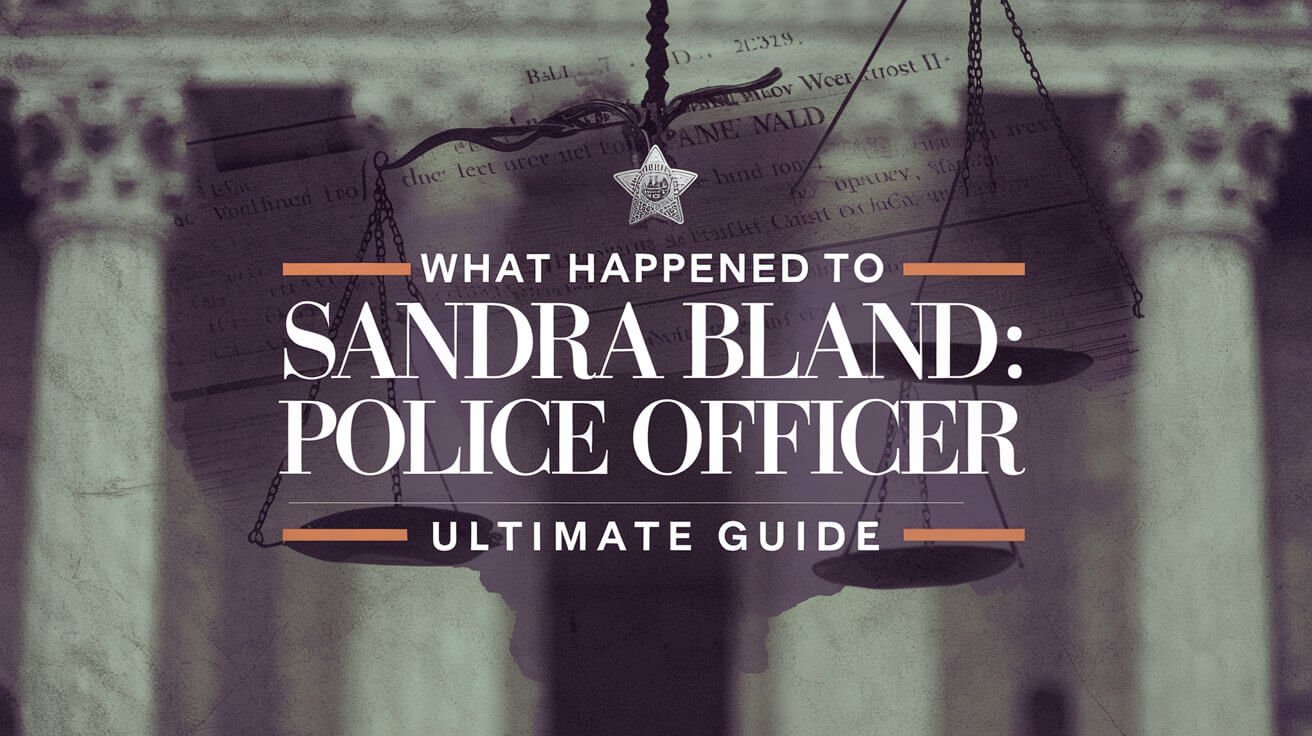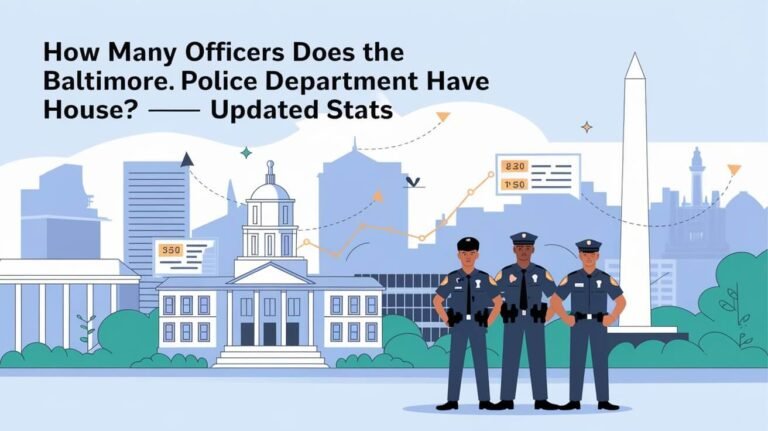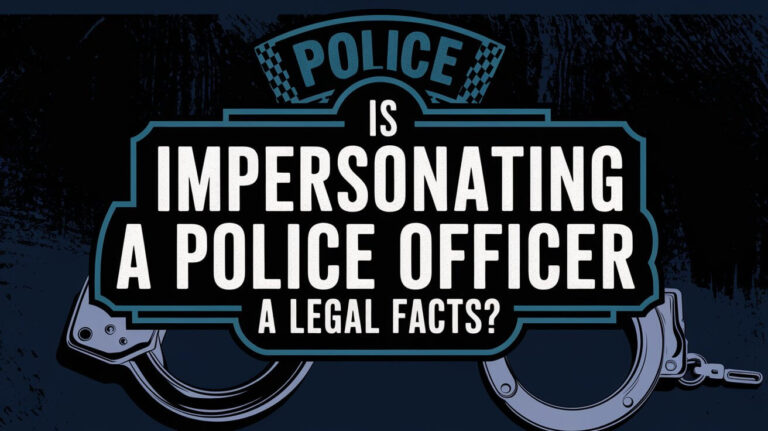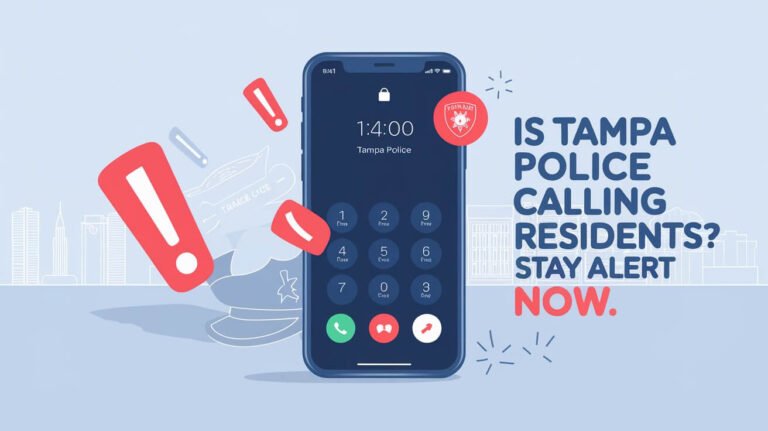What Happened To Sandra Bland Police Officer: Ultimate guide

The case of Sandra Bland has become a key moment in the fight against police brutality and racial profiling in the U.S. On July 10, 2015, Bland, a 28-year-old African-American woman, was stopped by Texas State Trooper Brian Encinia for a minor traffic issue in Prairie View, Texas. This routine stop turned violent, leading to her arrest and death in jail three days later. The incident has sparked outrage and become a symbol for the Black Lives Matter movement.
But what happened to the police officer who stopped Sandra Bland? This question is at the core of a disturbing case that has shaken the nation. It challenges the criminal justice system’s foundations. The investigation into Bland’s death focuses on the officer’s actions, highlighting the need for reforms to fight systemic racism and police brutality.
The Fatal Traffic Stop That Changed Everything
On July 10, 2015, Sandra Bland, a 28-year-old African-American woman, was stopped by Texas State Trooper Brian Encinia. This happened on University Drive in Prairie View, Texas. The situation quickly got out of hand, with Encinia using a Taser threat, caught on his dashcam.
Bland was arrested for allegedly assaulting a public servant. However, many questioned this claim.
Initial Confrontation on University Drive
Encinia pulled Bland over for not signaling a lane change. The dashcam showed a tense exchange. Encinia told Bland to put out her cigarette and get out of the car.
Bland refused, leading to a threat from Encinia. He said, “I will light you up!”
Escalation and Use of Force
The situation quickly turned violent. Encinia physically took Bland out of her car and forced her to the ground. Footage from bystanders and Bland’s phone showed the trooper’s aggressive actions.
Bland was arrested for allegedly assaulting a public servant. But many doubted the charge’s validity.
The Controversial Arrest
The arrest of Sandra Bland sparked widespread outrage. It brought up issues of racial profiling and police misconduct during traffic stop violations. The dashcam footage and other videos showed how the situation escalated.
Just three days later, Bland died in custody. Her death was ruled a suicide.
Trooper Encinia’s words during the stop became a symbol of the tension. They highlighted the aggressive nature of the encounter with Sandra Bland.
Brian Encinia’s Law Enforcement Career and Actions
Brian Encinia, a 30-year-old Hispanic officer, graduated from Texas A&M University in 2008. He earned a degree in agricultural leadership and development. Despite his education, Encinia’s career was marked by aggressive traffic stop procedures and a high number of minor tickets.
In less than a year, Encinia issued over 1,600 minor citations. This raised concerns about his police officer background and approach to traffic stops. His actions led to a high-profile case involving Sandra Bland, a 28-year-old African American woman.
Encinia’s conduct during the Bland traffic stop was widely criticized. He was placed on administrative leave pending a review of dashcam footage. The investigation showed he lacked justification for the stop and its escalation, leading to Bland’s arrest.
“Encinia felt his safety was in jeopardy during the traffic stop with Bland. Bland was ultimately arrested by Encinia on suspicion of assaulting a public servant.”
In January 2016, Encinia was indicted on a misdemeanor perjury charge. He faced up to one year in jail and a $4,000 fine. To resolve the charge, Encinia agreed to give up his police license and never work in law enforcement again.
The Bland case and Encinia’s actions showed the need for better traffic stop procedures. Police need training to de-escalate confrontations and respect everyone’s rights, regardless of race or background.
What Happened To Sandra Bland Police Officer After The Incident
After Sandra Bland’s tragic encounter with Texas State Trooper Brian Encinia, his actions were closely watched. Encinia was put on leave as an investigation into his actions began.
Administrative Leave and Investigation
Right after the incident, Encinia was removed from duty and put on leave. The Texas Department of Public Safety started an internal probe. They looked into the officer’s actions during the traffic stop and Bland’s arrest.
Criminal Charges and Termination
In January 2016, a grand jury charged Encinia with perjury. They said he lied about the events leading to Bland’s arrest. This move was a big deal for police accountability and transparency. After the indictment, the Texas Department of Public Safety terminated Encinia’s job, ending his law enforcement career.
Plea Agreement Outcome
In June 2017, a deal was made. The criminal charges against Encinia were dropped. He agreed to give up his law enforcement certification forever. This deal meant he could never work as a police officer again. It was the end of the legal fight over the perjury charges against the former trooper.
The case of Sandra Bland’s death and the actions against the officer show the push for better police accountability. The outcome brought some justice, but it also showed we need more reform. We must keep working to prevent such tragedies in the future.
Jail Protocol Failures and System Reform
The investigation into Sandra Bland’s death showed serious problems in the Waller County jail. The jail didn’t do the required checks on inmates. They also didn’t make sure employees got the needed mental health training. These mistakes sadly led to Bland’s death, which was ruled a suicide.
After Bland’s death, Texas passed the Sandra Bland Act in 2017. This law is a big step towards fixing the justice system. It makes sure police get training on how to handle mental health crises. It also requires jails to send people arrested for minor crimes to treatment instead of jail.
The Sandra Bland Act is a big step towards making the justice system better. It focuses on mental health training and finding new ways to help those in crisis. This law aims to stop tragedies like Bland’s and make law enforcement and jail treatment more humane and fair.
Frequently Asked Questions
What happened to Sandra Bland during the traffic stop?
On July 10, 2015, Sandra Bland, a 28-year-old African-American woman, was stopped by State Trooper Brian Encinia in Prairie View, Texas. She was pulled over for not signaling a lane change. The situation quickly got worse, with Encinia telling Bland to get out of her car and threatening her with a Taser.
Bland was arrested for allegedly assaulting a public servant. However, many disputed this claim.
What were the circumstances surrounding Sandra Bland’s death?
Sandra Bland was found dead in a Waller County, Texas jail cell on July 13, 2015. This was three days after her arrest during the traffic stop. Her death was ruled a suicide, but many questioned the circumstances of her arrest and death.
What was Brian Encinia’s law enforcement background?
Brian Encinia, a 30-year-old Hispanic officer, graduated from Texas A&M University in 2008. He had a degree in agricultural leadership and development. Encinia was known for making pretextual traffic stops, issuing over 1,600 minor tickets in less than a year.
His actions during the stop were criticized for not following proper procedures.
What happened to Brian Encinia after the Sandra Bland incident?
After the incident, Brian Encinia was put on administrative leave. In January 2016, he was indicted for perjury related to false statements about Bland’s arrest. The Texas Department of Public Safety then fired him.
In June 2017, the perjury charge against Encinia was dropped. This was in exchange for his agreement to never work as a police officer again.
How did the Sandra Bland incident lead to policy changes?
Investigations showed the Waller County jail didn’t follow required policies. This included not checking on inmates regularly and not ensuring employees got the right mental health training.
In response, Texas passed the Sandra Bland Act in 2017. This law aims to improve police education on mental illness and de-escalation. It also requires jails to send people with mental health or substance abuse issues to treatment programs.






